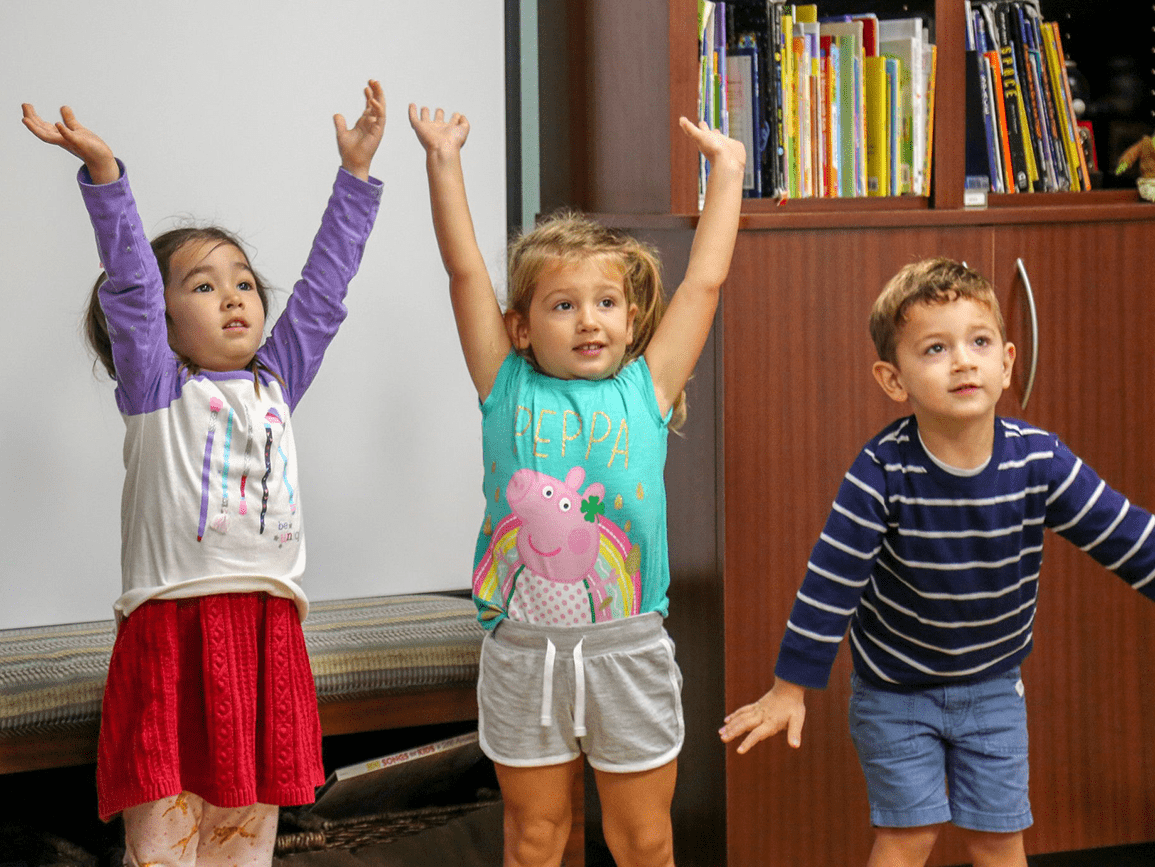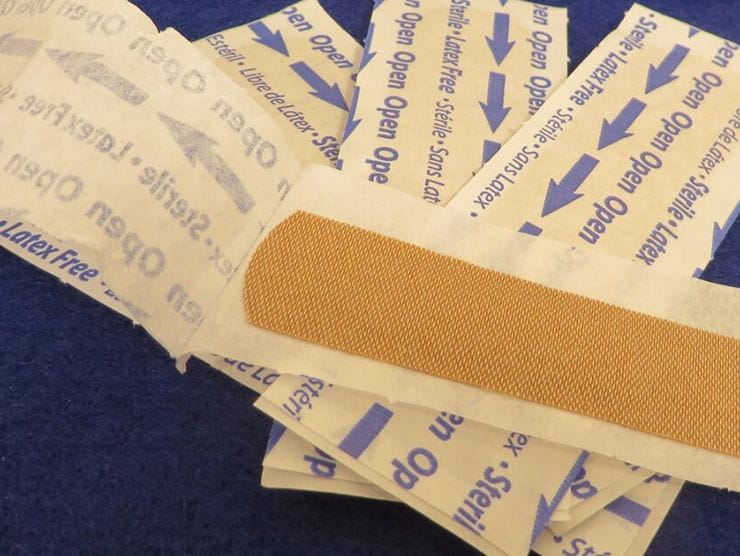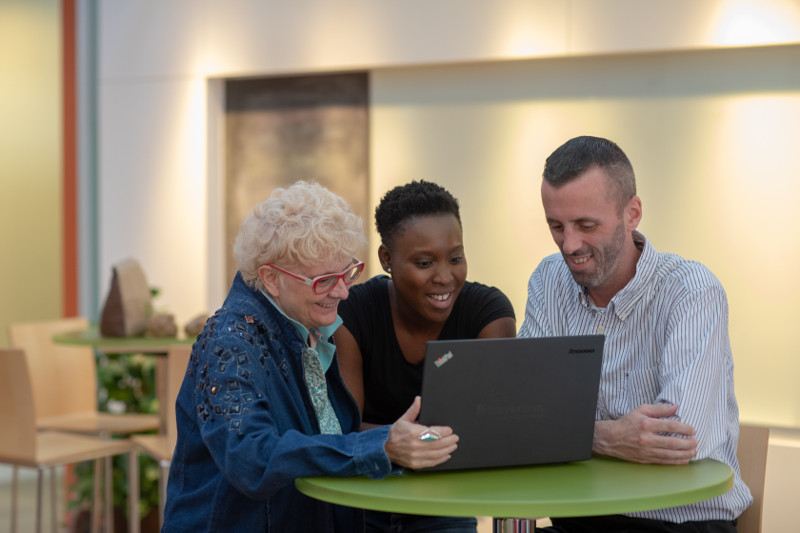The Benefits of Physical Activity
Building confidence. Have you ever wondered why children love to climb trees or race to the top of a playground structure? Children seem to have an innate need to overcome challenges and take risks. Taking healthy risks through physical movement builds children’s confidence, resilience, and ability to solve problems and persist through frustration.
Finding pleasure in physical activities. We know that physical activity is important for our physical and mental health, and cultivating the habit of physical activity starts early. Children are more likely to develop a lifelong love of physical activity from frequent positive early experiences. Not every child enjoys competitive sports or playing with balls and that’s OK. There are plenty of other options such as imaginative play, noncompetitive games, or gardening/nature experiences.
Developing gross and fine motor skills. Movement activities build children’s big body skills such as coordination and balance, as well as the fine motor skills they need for tasks like writing, tying their shoes, or throwing and catching a ball.
Improving emotional well-being. According to the American Psychological Association, regular physical activity (and especially outdoor activity) reduces children’s stress and depression, and improves their ability to focus and learn. Regular exercise can significantly improve self-regulation and decrease timeouts or disciplinary consequences for negative behavior. Physical activity provides a positive outlet for frustration, anxiety, or anger and can become a healthy coping skill throughout life.
5 Tips for Supporting Children’s Healthy Physical Activity
- Be a role model. Make physical activity a regular, positive part of your life. Show your child how to use physical activity to regulate emotions and reduce stress, e.g., “Today was tough. Let’s go for a walk. That always makes me feel better.”
- Avoid overscheduling. Be sure to leave time every day for unstructured play and outdoor time.
- Find nature. Whether you live in an urban, suburban, or country setting, make finding nature a priority. Scout out a park or walking trail near you and explore it frequently.
- Be playful. Play a game of catch or hide-and-go-seek. Race to the car in the morning or make a game of carrying the groceries.
- Build physical activity into routines. Plan movement breaks with your child throughout your day-to-day routine to make physical activity a habit. Do some yoga poses, take a walk, have a kitchen dance party-- do whatever fits into your lives!
Increasing physical activity and exercise has real benefits for the whole family. Set one or two simple, achievable physical fitness goals to reap those benefits.
Source: https://www.apa.org/topics/covid-19/children-exercise-strategies





